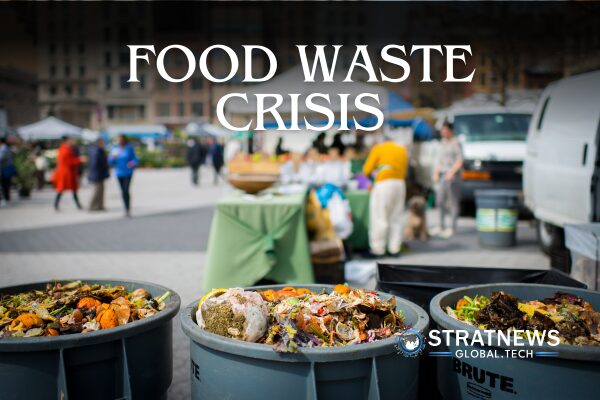Tackling Food Waste: Turning a Global Crisis into Economic Opportunity
In 2015, world leaders committed to halving food waste by 2030. At that time, around one-third of all food produced globally was being lost. A decade later, despite numerous campaigns and pledges, the number remains largely unchanged. Whether in rich or poor countries, food waste continues at the same alarming level—an example of the UN’s Sustainable Development Goals falling short.
Each year, roughly 1.6 billion tons of food is wasted. This amount could feed two billion people, more than twice the number who currently suffer from hunger. Furthermore, food waste generates 8–10% of all greenhouse gas emissions. That’s more than the combined emissions from aviation and shipping.
The Hidden Costs of Wasted Byproducts
Food waste is not just about spoiled vegetables or discarded leftovers. Behind every wasted meal lies a complex web of unseen waste. Crop residues such as leaves and husks, unused fats and proteins from meat and dairy, and surplus material from factories processing grains or fruits often go unnoticed. Most of these byproducts end up in compost, animal feed, or landfills.
This overlooked waste comes at a high cost. Growing food requires land, water, fertiliser, fuel, and labour. When this food goes uneaten, all those resources are wasted too. The environmental and financial impact is significant and unsustainable.
Turning Waste into Profit
However, there is a brighter side. Solving food waste is one of the rare issues where doing good can also lead to strong business growth. Companies can profit by finding value in what was once seen as useless.
Take whey, for example—a byproduct of cheesemaking that was once difficult to dispose of. Today, whey drives the global protein supplement market, worth over $10 billion. What changed wasn’t the substance itself, but how businesses viewed its potential.
Similarly, Unilever repurposed aquafaba, the liquid from chickpeas, to create vegan mayonnaise. Breweries have found new value in spent grain, turning it into protein-rich flour or using it to produce meat alternatives.
Even traditional meat processing is evolving. New techniques now extract valuable proteins and fats from beef, reducing waste and helping control beef prices—an important shift as US cattle numbers reach record lows.
The Trillion-Dollar Opportunity
These examples show that food byproducts can be more profitable than the primary food products themselves. The economic potential is enormous. Smarter use of these side streams could unlock over $1 trillion in annual value. Research from the Danish Technological Institute estimates that 20–30% of potential profits are being lost due to underused resources.
The challenge is to change our mindset and treat food waste not as trash, but as a missed opportunity. With the right strategies, solving food waste could play a key role in addressing hunger, reducing emissions, and driving economic growth.
with inputs from Reuters


